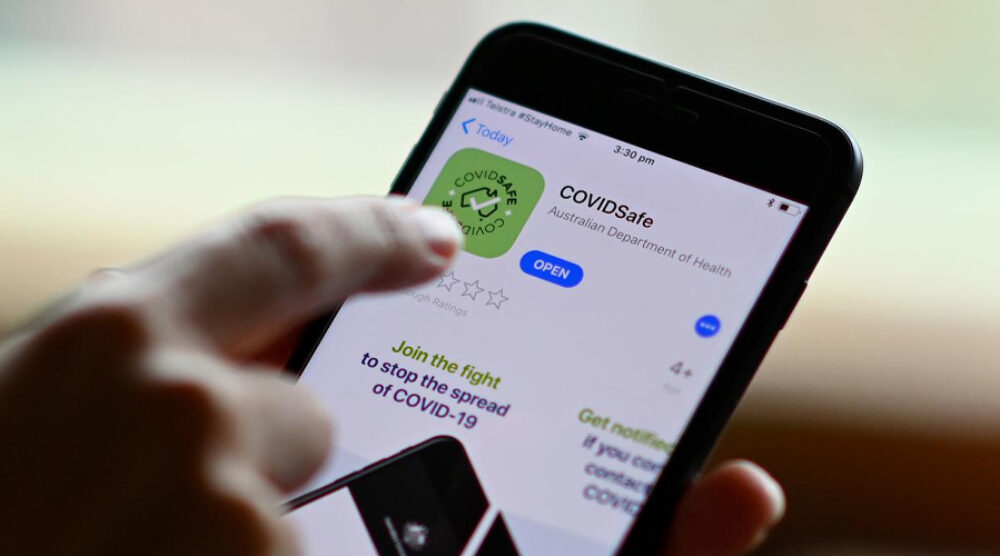The federal government believes that social distancing restrictions can be eased sooner if there is a greater surveillance of people infected by the coronavirus and much faster contact tracing for stopping the spread. In fact, we can learn from how the South Koreans are managing the spread without a large-scale lockdown by rapid testing, tracing and containing those that are infected while using technology. Hence, it is very encouraging to learn that after the covidsafe app was released, more than a million Australians downloaded the app, reaching the five-day download goal within five hours. However, this early indication cannot be a measure of success, or even a reason to celebrate just yet.
Without public trust, the covidsafe app cannot succeed”. Why does trust matters so much that it is the key factor for success? Without getting too technical, it is useful to learn about how the app works to help the medical workers and the state government trace and be one-step-ahead to stop the spread. In a nutshell, the app records two people’s phone details when they are within proximity for a period of time long enough to risk a spread. The encrypted record will be stored locally at both phones with the time-stamp. No location data is tracked or kept. When a person is diagnosed positive with the coronavirus by the local medical authority, that person will be prompted and assisted by the health official to upload the data from his/her phone to the cloud using a PIN. Then, the data can be decrypted by the official to identify and alert those that have been in close proximity to consider testing (summarised from the app’s official website, refer to it for further details).
The government is releasing the source code of the app, so that public can be assured of what goes on under the hood, and be assured while using the app. Moreover, the government is also considering legislating a new law for regulating the intention of use, so that Australians can have absolute certainty that this data will only be used for the very specific purpose: protecting citizens and health purposes.
Please click here to read the full “Can technology help Australians ‘get back to normal’ while maintaining social distancing?” article originally published at Business Strategy and Innovation (Griffith University) by Griffith Asia Institute member, Professor Dian Tjondronegoro.








